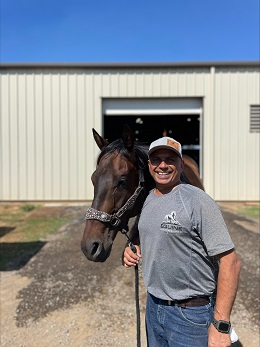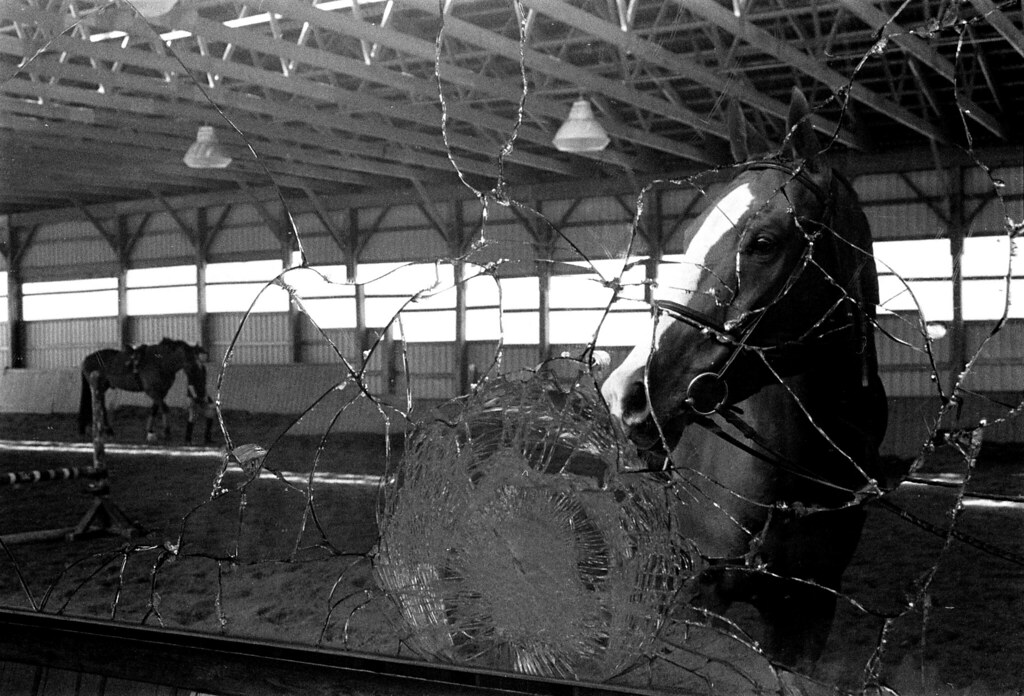Correcting Kicking Behavior Around Other Horses

Kicking is a common behavioral issue among horses that can pose serious safety risks to both horses and handlers. Understanding why horses kick and how to correct this behavior is essential for maintaining a safe and harmonious environment in any equine setting.
Understanding Kicking Behavior

Kicking can be a defensive or aggressive response triggered by fear, pain, territorial instincts, or frustration. Horses may kick to establish dominance, protect themselves, or communicate discomfort.
| Common Causes of Kicking | Description |
|---|---|
| Fear or Startle Response | Sudden movements or unfamiliar stimuli can cause a horse to kick defensively. |
| Pain or Discomfort | Ill-fitting tack or injury may lead to kicking as a reaction to pain. |
| Territorial Behavior | Horses may kick to assert dominance or protect their space from other horses. |
| Learned Behavior | If kicking has been inadvertently reinforced, the horse may continue this behavior. |
Signs Your Horse May Kick
- Pinning ears back
- Swishing or lashing tail
- Stomping feet
- Turning hindquarters toward other horses or people
Recognizing these signs early can help prevent incidents.
Strategies to Correct Kicking Behavior
1. Identify and Address Triggers
- Observe the horse to determine what causes kicking.
- Remove or modify triggers when possible.
2. Consistent Training and Handling
- Use positive reinforcement to reward calm behavior.
- Implement clear boundaries and consistent cues.
3. Safe Handling Practices
- Always approach horses calmly and confidently.
- Maintain a safe distance from other horses when possible.
4. Environmental Management
- Provide adequate space in paddocks and stalls.
- Avoid overcrowding to reduce stress and competition.
5. Professional Assistance
- Consult a veterinarian to rule out pain-related causes.
- Work with an experienced trainer or behaviorist for persistent issues.
Sample Training Plan
| Step | Action | Purpose |
|---|---|---|
| 1 | Observe and record kicking incidents | Identify patterns and triggers |
| 2 | Modify environment to reduce triggers | Minimize stressors |
| 3 | Implement positive reinforcement training | Encourage desired behavior |
| 4 | Gradually introduce controlled socialization | Build tolerance around other horses |
| 5 | Monitor progress and adjust plan | Ensure effectiveness |
Frequently Asked Questions (FAQ)
Q1: Can all horses be trained not to kick?
A: While most horses can learn to control kicking with proper training and management, some may require more time and professional help.
Q2: Is kicking always a sign of aggression?
A: Not necessarily. Kicking can be a defensive reaction or a response to discomfort rather than outright aggression.
Q3: How can I safely handle a horse that kicks?
A: Approach calmly, avoid sudden movements, and maintain a safe distance. Use protective equipment if necessary.
Q4: When should I seek professional help?
A: If kicking behavior persists despite consistent training or if it poses a safety risk, consult a veterinarian or equine behaviorist.
Correcting kicking behavior requires patience, understanding, and consistent effort. By identifying triggers, applying effective training techniques, and ensuring a safe environment, you can reduce kicking incidents and promote better horse welfare.
Would you like me to help improve the clarity or tone of this article? Or perhaps add more detailed training exercises?
